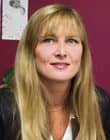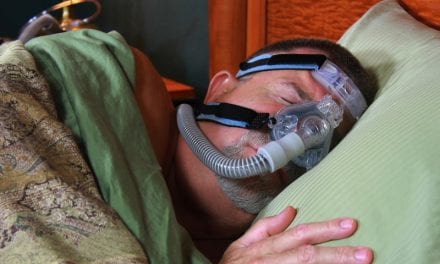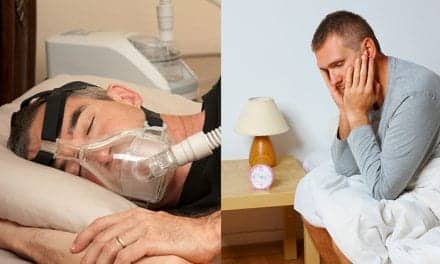A Change in the Air
 Growing up in Southern California, I did not have the chance to experience the changes in the seasons that happen on the East coast. It wasn’t until a couple of years ago that I had the opportunity to witness the beauty of the leaves changing in the fall, the snow settling in for winter, which finally melted to uncover the colors of spring.
Growing up in Southern California, I did not have the chance to experience the changes in the seasons that happen on the East coast. It wasn’t until a couple of years ago that I had the opportunity to witness the beauty of the leaves changing in the fall, the snow settling in for winter, which finally melted to uncover the colors of spring.
Just as fast as these seasons come and go, so can changes in Centers for Medicare & Medicaid Services (CMS) coverage. It seemed like just yesterday we were jumping for joy when CMS guidelines provided new criteria for continuous positive airway pressure (CPAP) reimbursement, which had the stipulation that polysomnography must be performed in a facility-based sleep laboratory to determine if the patient had obstructive sleep apnea (OSA). This may soon change as CMS is reviewing an alternative to facility-based polysomnogram testing, which involves the use of multichannel portable home sleep testing devices to diagnose OSA. This proposal came from Terence M. Davidson, MD, of the University of California San Diego, School of Medicine, who wrote a letter to CMS in January. The letter started off by describing OSA and the benefits of CPAP therapy in treating the disorder. Davidson then sites similarities between polysomnography and multichannel home sleep tests, such as the same respiratory detectors, oximeter, chest and abdomen sensors, and position sensors.
CMS began a modified national coverage determination process in January with an expected completion date of October 8. Until that date, the public is invited to express their comments for 30 days on the CMS Web site at http://www.cms.hhs.gov/coverage/8h.asp. The questions are as follows:
How does the diagnostic test performance of unattended portable multichannel home sleep testing compare to facility-based polysomnography in the diagnosis of OSA?
a) If unattended portable multichannel home sleep testing is as effective as polysomnography in the diagnosis of OSA, which parameters of sleep and cardiorespiratory function (ie, sleep staging, body position, limb movements, respiratory effort, airflow, oxygen saturation, electrocardiogram) are required?
b) If unattended portable multichannel home sleep testing is as effective as polysomnography in the diagnosis of OSA, what conditions (patient education, technician support) are required so that it is done correctly in the home?
I encourage all of you to go to the CMS Web site and express your opinions because the one thing we can always count on is change.
Paige Smith
Editor
[email protected]




